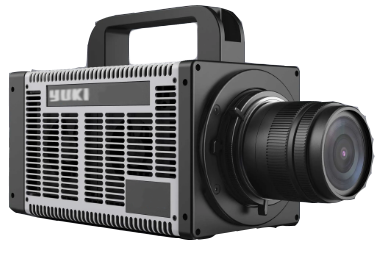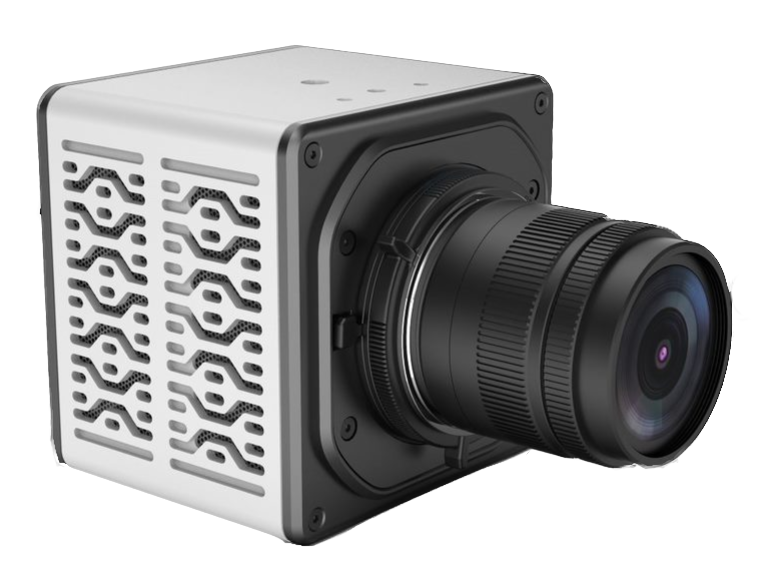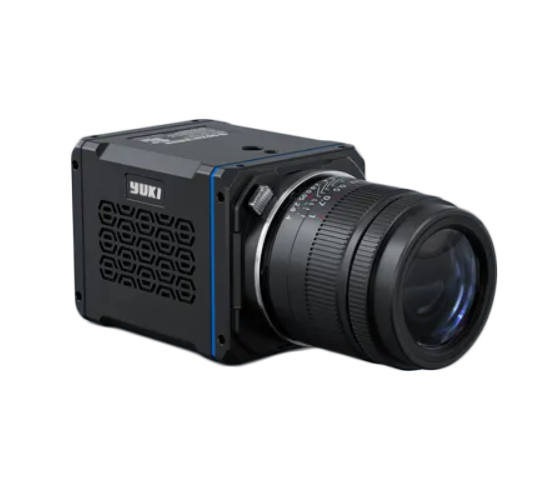MANUFACTURING
A high-speed camera used in a manufacturing process is a specialized camera that captures images at extremely high frame rates, allowing engineers to analyze rapid movements and details of a production line that are too fast for the human eye to see, enabling them to identify potential defects, optimize machine settings, and improve overall product quality by detecting issues like misalignment, vibrations, or improper assembly in real-time.
Key points about high-speed cameras in manufacturing:
- Fast capture rate:
They can capture thousands of frames per second, allowing for
detailed analysis of fast-moving processes.
- Identifying flaws:
By reviewing slow-motion footage, manufacturers can identify subtle
defects in products that might be missed by a standard camera.
- Process optimization:
Analyzing high-speed footage helps engineers fine-tune machine
settings and production line operations to increase efficiency and
reduce waste.
Common applications in manufacturing:
- Packaging inspection:
Checking for proper sealing, filling levels, and label placement on
fast-moving packages.
- Assembly line monitoring:
Observing the assembly process to identify potential issues with
component alignment or improper installation.
- Cutting and stamping operations:
Analyzing the cutting or stamping process to ensure consistent
quality and detect potential defects.
- Quality control checks:
Inspecting products for surface imperfections or dimensional
accuracy at high speeds.
- Robotics analysis:
Studying robot movements to optimize their performance and identify
potential collision points.





